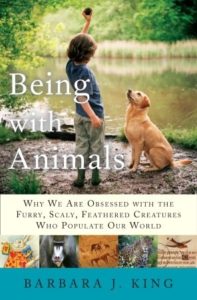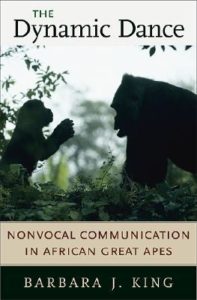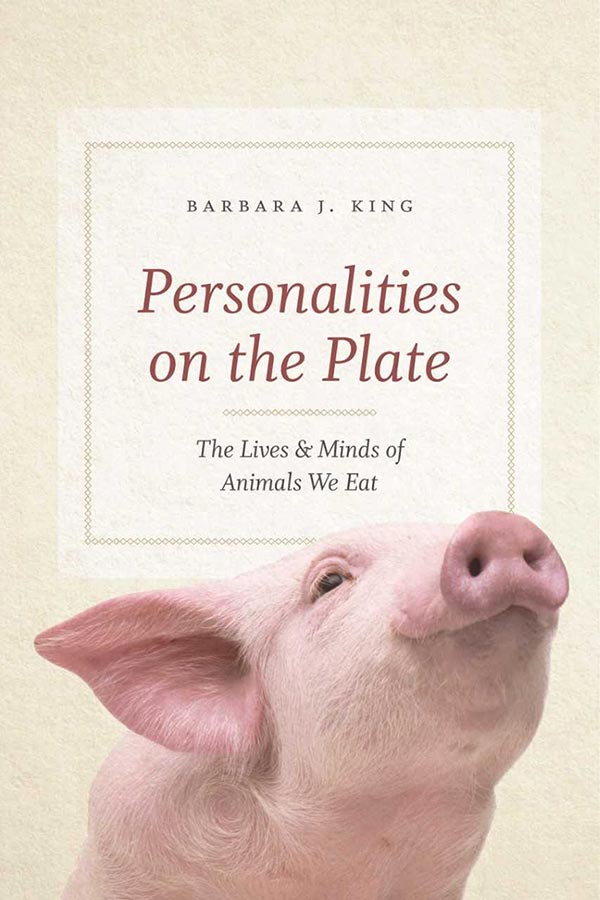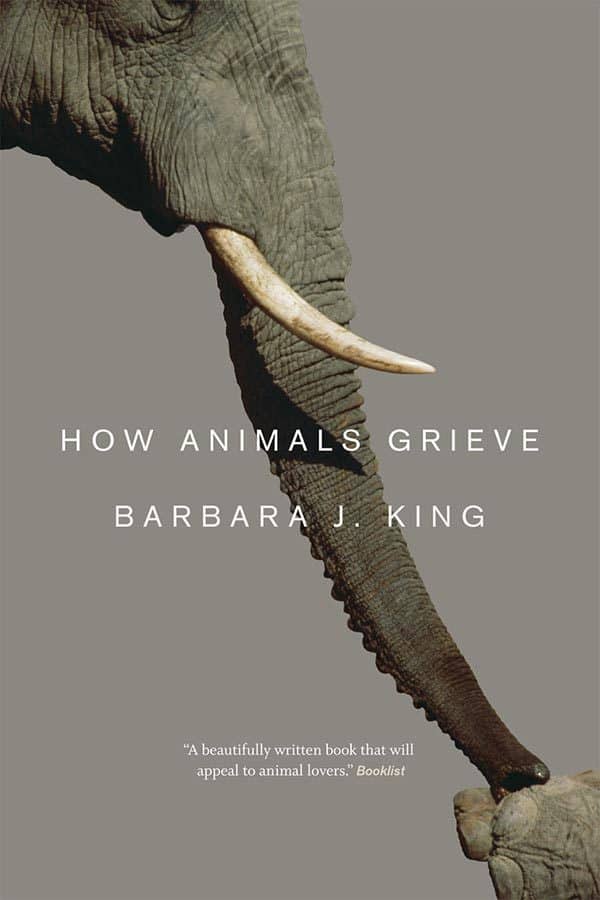Books
Animals’ Best Friends: Putting Compassion to Work for Animals in Captivity and in the Wild
As people come to understand more about animals’ inner lives—the intricacies of their thoughts and the emotions that are expressed every day by whales and cows, octopus and mice, even bees—we feel a growing compassion, a desire to better their lives. But how do we translate this compassion into helping other creatures, both those that are and are not our pets? Bringing together the latest science with heartfelt storytelling, Animals’ Best Friends reveals the opportunities we have in everyday life to help animals in our homes, in the wild, in zoos, and in science labs, as well as those considered to be food.
Personalities on the Plate: The Lives & Minds of Animals We Eat
In recent years, scientific advances in our understanding of animal minds have led to major changes in how we think about, and treat, animals in zoos and aquariums. The general public, it seems, is slowly coming to understand that animals like apes, elephants, and dolphins have not just brains, but complicated inner and social lives, and that we need to act accordingly. Yet that realization hasn’t yet made its presence felt to any great degree in our most intimate relationship with animals: at the dinner table.
How Animals Grieve
From the time of our earliest childhood encounters with animals, we casually ascribe familiar emotions to them. But scientists have long cautioned against such anthropomorphizing, arguing that it limits our ability to truly comprehend the lives of other creatures. Recently, however, things have begun to shift in the other direction, and anthropologist Barbara J. King is at the forefront of that movement, arguing strenuously that we can—and should—attend to animal emotions.
More Books by Barbara J King

Evolving God
Evolving God draws on Barbara J. King’s own fieldwork among primates in Africa and paleoanthropology of our extinct ancestors to offer a new way of thinking about the origins of religion, one that situates it in a deep need for emotional connection with others, a need we share with apes and monkeys.

Being with Animals
What do Mickey Mouse, Ganesh, a leopard-skin pillbox hat, A Lion Called Christian, and the Aflac duck have in common? They all represent human beings’ deeply ingrained connection to the animal kingdom. In Being With Animals, anthropologist Barbara King unravels the complexity and enormous significance of this relationship. .

The Dynamic Dance
Mother and infant negotiate over food; two high-status males jockey for power; female kin band together to get their way. In this eye-opening book, we see precisely how such events unfold in chimpanzees, bonobos, and gorillas: through a spontaneous, mutually choreographed dance of actions, gestures, and vocalizations in which social partners create meaning and come to understand each other.

The Information Continuum
The Information Continuum creates a synthetic view of the evolution of communication among primates. King contends that the crucial element in the evolution of information acquisition and transfer is the acquired ability to donate information to others.


